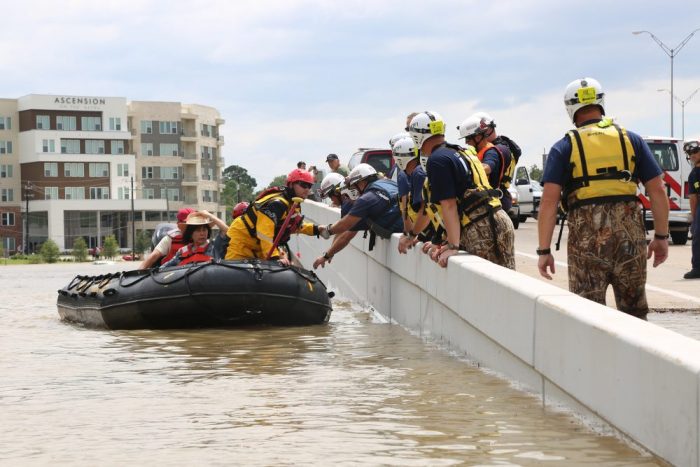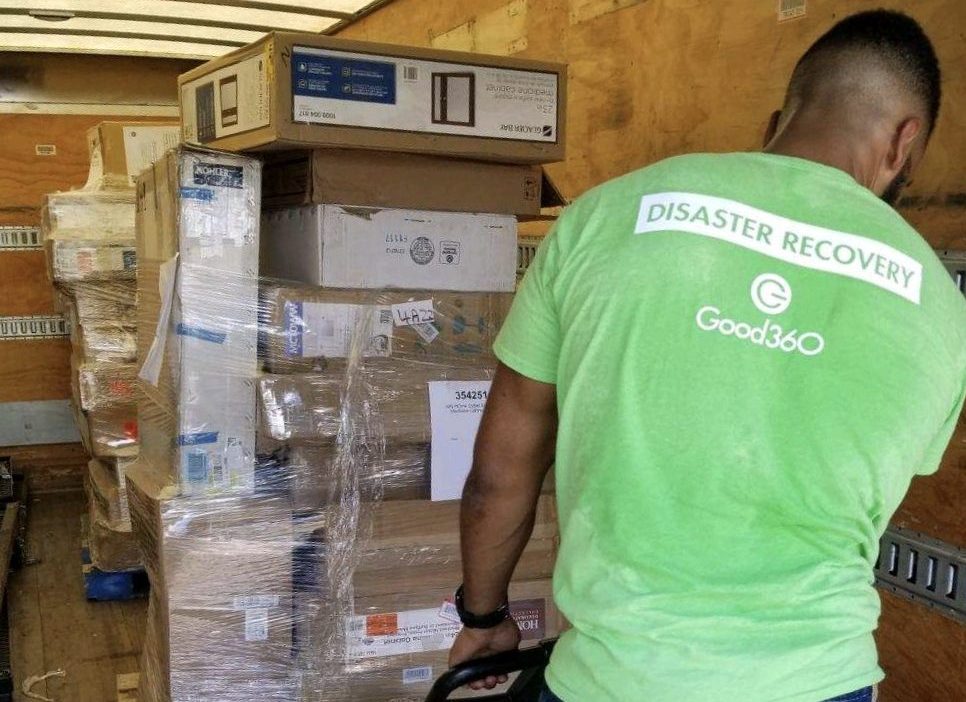Four Keys to Strategic Disaster Grantmaking
The Center for Disaster Philanthropy launched the CDP Hurricane Harvey Recovery Fund one day after the storm made landfall in Texas. Since that time, the outpouring of support for our fund, and for others as well, has been astounding! One important question that we have been fielding over the past few days is process-related. How […]

The Center for Disaster Philanthropy launched the CDP Hurricane Harvey Recovery Fund one day after the storm made landfall in Texas. Since that time, the outpouring of support for our fund, and for others as well, has been astounding!
One important question that we have been fielding over the past few days is process-related.
How is CDP going to disburse funds raised?

Before I get into our process, first, let me say that the CDP Hurricane Harvey Recovery Fund has two immovable posts in the ground:
- We will focus funds on medium- and long-term recovery
- We will focus on the needs of vulnerable populations
Four key elements underpin our grantmaking
Analysis
CDP staff carefully assess the overall impact of the storm across three priorities:
- geographic impact of the storm (e.g. specific cities, towns, and counties)
- populations affected by the storm (e.g. women, children, older adults, medically dependent)
- underattended issues that arise resulting from the storm (water, housing, mental health needs)
We also work to identify how other funders in the region are allocating their dollars – for what issues, populations and geographies.
Expertise
While CDP staff drive the analysis portion of our work, we benefit tremendously from the expertise of a fund-specific grant committee. The committee brings together 5 to 8 representatives of local and national philanthropy, the NGO community, and members of the disaster-affected area – in this case Harvey’s geographical footprint.
The committee is charged with reviewing the staff-authored needs assessment, offering counsel on local context and unmet needs, advising staff on proposal solicitation, and then reviewing those proposals. Finally, the committee makes a recommendation to the full CDP board on which proposals to approve. This process typically starts four months after a disaster strikes, and concludes at the six-month mark. However, given the enormity of the needs presented by Harvey, we will begin our grant allocation process sooner, likely two months after landfall.
Community Connections
A third element that drives our grantmaking is community connection. In the case of Hurricane Harvey, rural, agricultural, and Gulf-side communities, as well as Houston were particularly hard hit.
Our team will leverage existing relationships with the philanthropic and nonprofit community, make new ones, utilize data and maps, connect with community members and other funders, review media reports, and certainly take into account others’ assessments as well. We have no intention of ‘going it alone,’ and our strategic fund distribution process will benefit from voices on the ground.
Grantee Balance and Focus
Our belief is that when missions match and solid relationships are in place, the grant maker and grant recipient relationships flows seamlessly. We believe in building local capacity and planning for the future. To do this, we work closely with the grant committee to allocate funds across large and small organizations, local and national organizations, and, organizations that focus on the geographical, population, and issue areas that are highest in need.
CDP will make it a point to include you all in our Hurricane Harvey Recovery Fund grantmaking story as it unfolds. You can be assured that the hurricane-related needs across Texas will take time to fully address. The Center for Disaster Philanthropy team is proud to be a part of that recovery process.
More like this

Are We Experiencing Donor or Disaster Fatigue?

